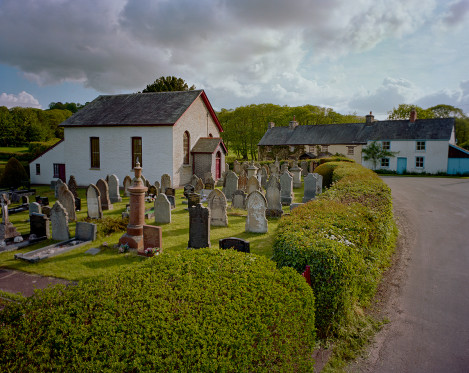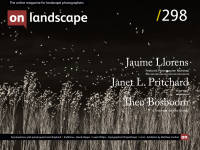The religious landscape of Wales

Lewis Phillips
A cultural and environmental photographer with conservation in mind all the time. Re ignited with passion since moving back to film and shooting large format.

With over 6000 chapel/capel sites dotted across the country, it is clear that the religious landscape of Wales was once deeply dependent on a place to worship. The early places of worship were meeting houses on farms or held in upper rooms of a public house; you would even find them being held in cow sheds. As the congregation grew, local builders were then commissioned to build a chapel, which would then be able to house the growing fellowship; at times, these would be knocked down and rebuilt again or enlarged to seat up to 1500 people as congregations grew so fast.
Until the 1689 Toleration Act, it was not legal for dissenters to meet for worship, so the buildings did not have a real identity. This changed by the 1700s, and there was a more distinctive trend to buildings with long wall facades, normally with a large central window allowing the light to flood in onto the pulpit so the speaker could be seen clearly. From 1840 onwards, the long-walled model was looked at as outdated, and the far more common square-planned gable chapels/capels would become the norm. These modern day chapels had more of a worship characteristic, unlike those of the earlier days, which looked far more domestic.

